The Chinese Embassy in Washington, D.C., hosted a reception on March 25, 2025, commemorating the 80th anniversary of the victory in the World Anti-Fascist War and honoring the legacy of the Flying Tigers—a symbol of early China-U.S. cooperation during World War II.
The event brought together members of Flying Tigers organizations, including the American Volunteer Group (AVG), the U.S.-China Flying Tigers Friendship Association, and the Chennault Aviation and Military Museum. Notable attendees included Philip Qiu, Chairman of the Chinese American Museum in D.C., and descendants of the original Flying Tigers.
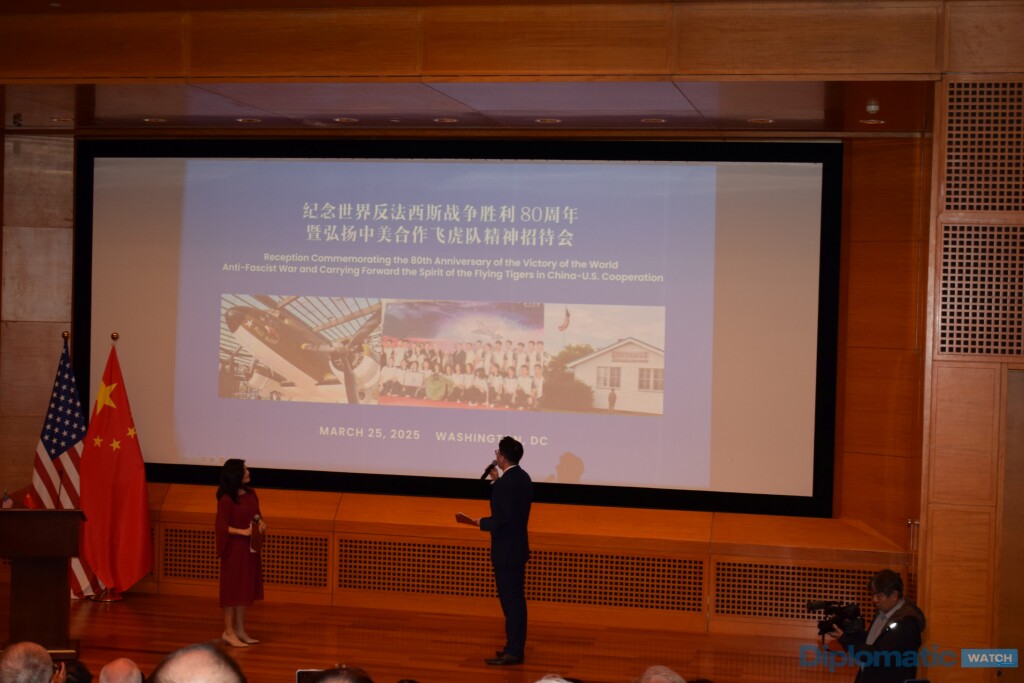
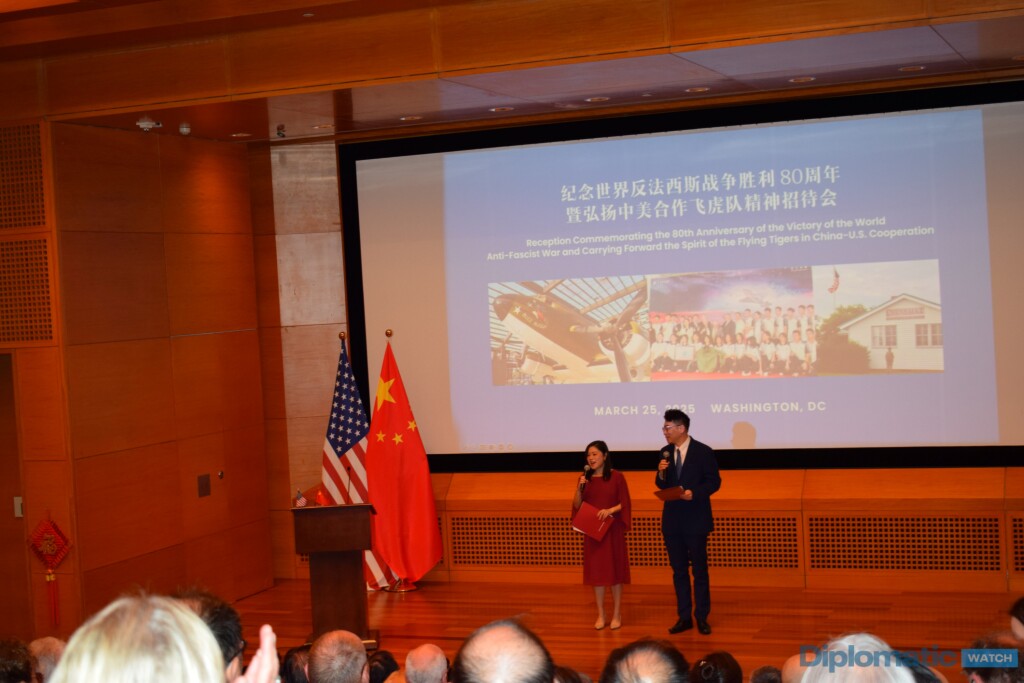
His Excellency, Xie Feng, Ambassador of China to the United States opened the evening with a tribute to the American pilots and support crews who, under General Claire Lee Chennault’s command, fought alongside Chinese forces against Japanese aggression. “Eighty years ago, Americans and Chinese fought side by side in pursuit of peace and justice,” he said. “Tonight, we remember their courage—and the bond they forged.”
Ambassador Xie emphasized the event’s relevance in today’s world, calling for both nations to “draw wisdom from the past” and chart a shared course forward based on mutual respect, peaceful coexistence, and win-win cooperation. “We hope to see a new generation of Flying Tigers—people willing to rise above differences and strengthen China-U.S. relations,” he added.
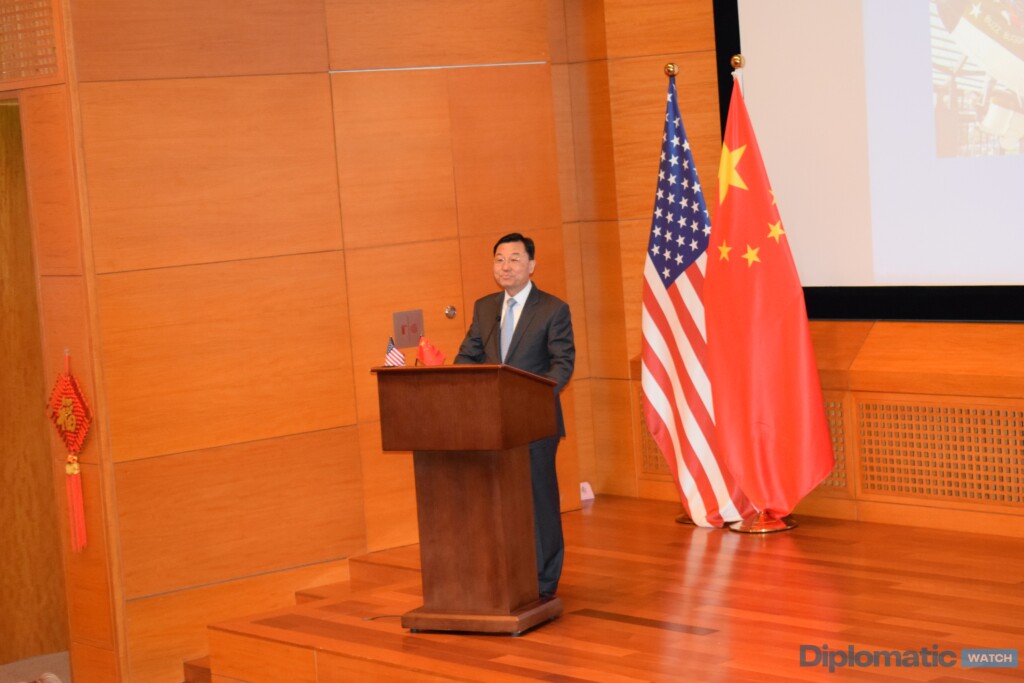
The reception became deeply personal when family members of the original Flying Tigers shared stories that spanned decades and continents.
Cynthia Chennault, daughter of General Chennault, recalled her father’s determination to stay in China after the 1937 Marco Polo Bridge Incident. “He could have gone home. Others did. But he chose to stay,” she said. “I guess I’m Chinese,” he wrote in his diary. She warned that today’s global challenges require similar cross-border resolve. “How can we overcome them without cooperation between our two countries?”
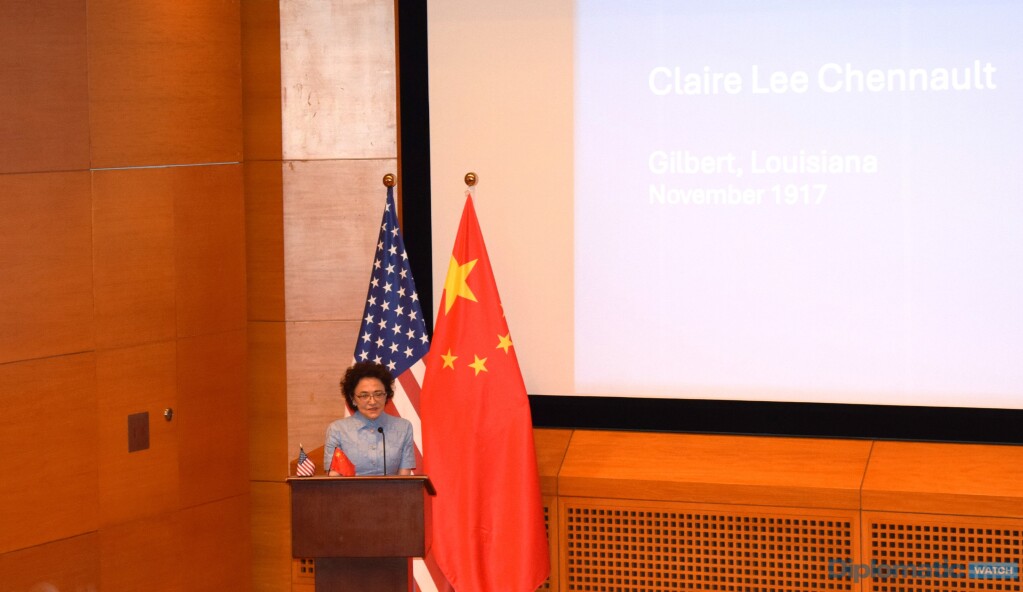
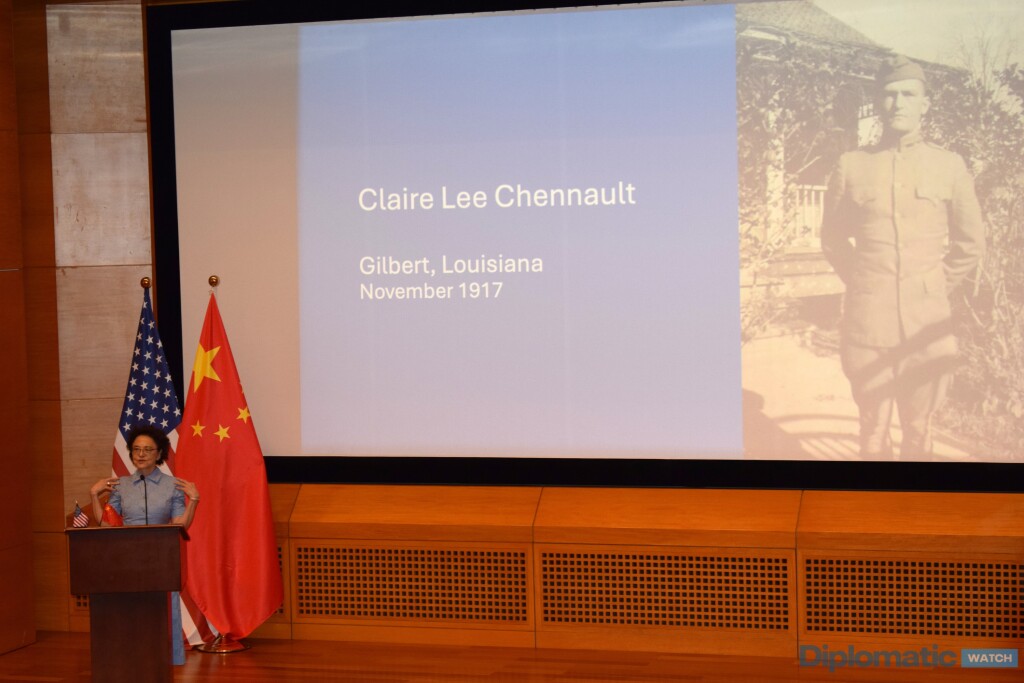
Nell Calloway, General Chennault’s granddaughter, shared her grandfather’s early days in China, where he found only 91 usable aircraft among nearly 500. She recalled how, just weeks after arriving, he witnessed Japanese bombings of Chinese civilians and made the decision to remain. “He stayed because he heard the cries of a people in desperate need,” she said. “He didn’t let politics or culture get in the way of doing the right thing.”
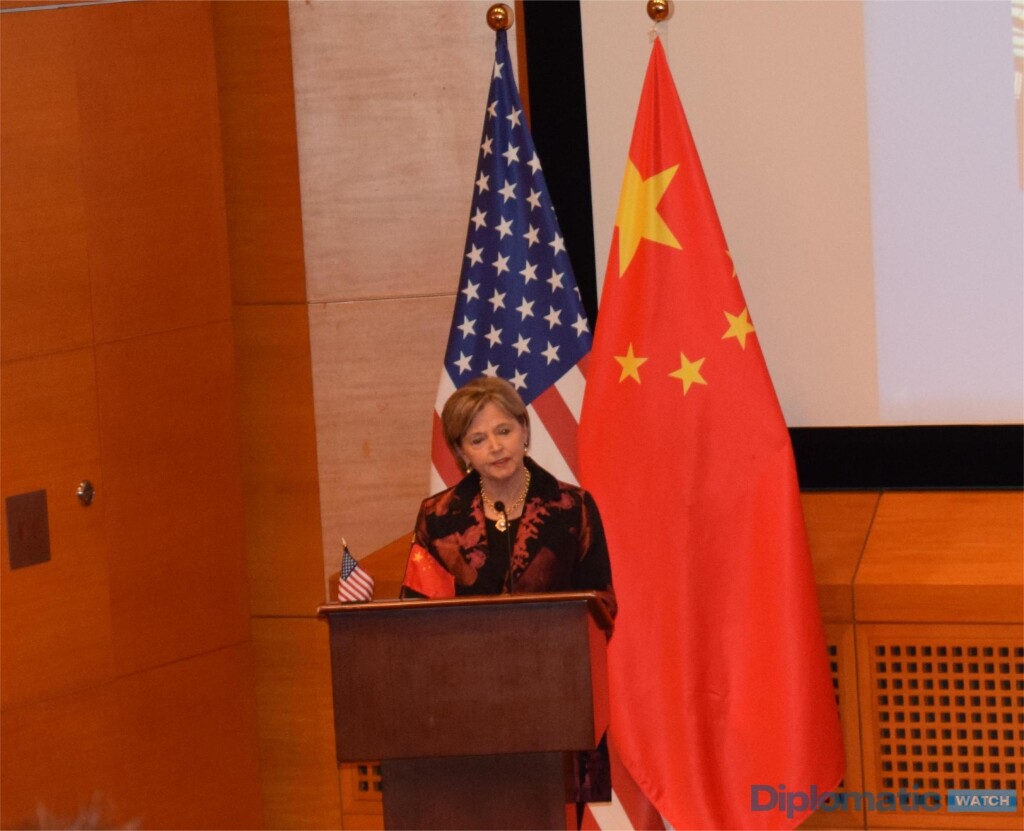
Calloway quoted a 1937 letter her grandfather wrote to his brother: “Life moves on, cycle upon cycle, and life must find its justification in accomplishment. When an old, well-known path is blocked, a new one must be found.” She also read from his memoir, where he expressed the hope that the Flying Tigers’ symbol would remain “aloft” as a reminder of unity in war and peace.

Charlene Fontaine, daughter of Stewart Fontaine, a mechanic in the 69th Depot Repair Squadron, described her father’s journey across the Burma Road to China. “Dad marveled at the Chinese people’s resilience,” she said. “They worked with what they had—sometimes only their hands and feet—to build what was needed.”
Her father’s experience shaped her own resilience. “I am the daughter of a Flying Tiger. I do not know the meaning of can’t, stop, quit, or impossible,” she said.
Lydia Rossi, Executive Director of the AVG Flying Tigers, provided background on how the unit came into existence. With President Franklin D. Roosevelt unable to officially enter the war, a covert plan emerged. Through Chennault’s leadership and collaboration with the Chinese government, 100 P-40 fighter planes and 300 American volunteers were sent to China. “They prevented the bombing of Kunming,” Rossi noted. “Once the AVG arrived, Japanese bombers never returned.”

Elizabeth Li Sharpe, speaking for her 102-year-old father, Li Wing Fook (Joseph Li), shared his experiences flying over the treacherous Himalayas with the 14th Army Air Force. “He flew over ‘The Hump’ more than 38 times,” she said. “One mission involved transporting goats from Missouri, used for carrying supplies through mountainous terrain.” She smiled as she recalled her father’s description of the animals: “stubborn, loud, but mission-critical.”
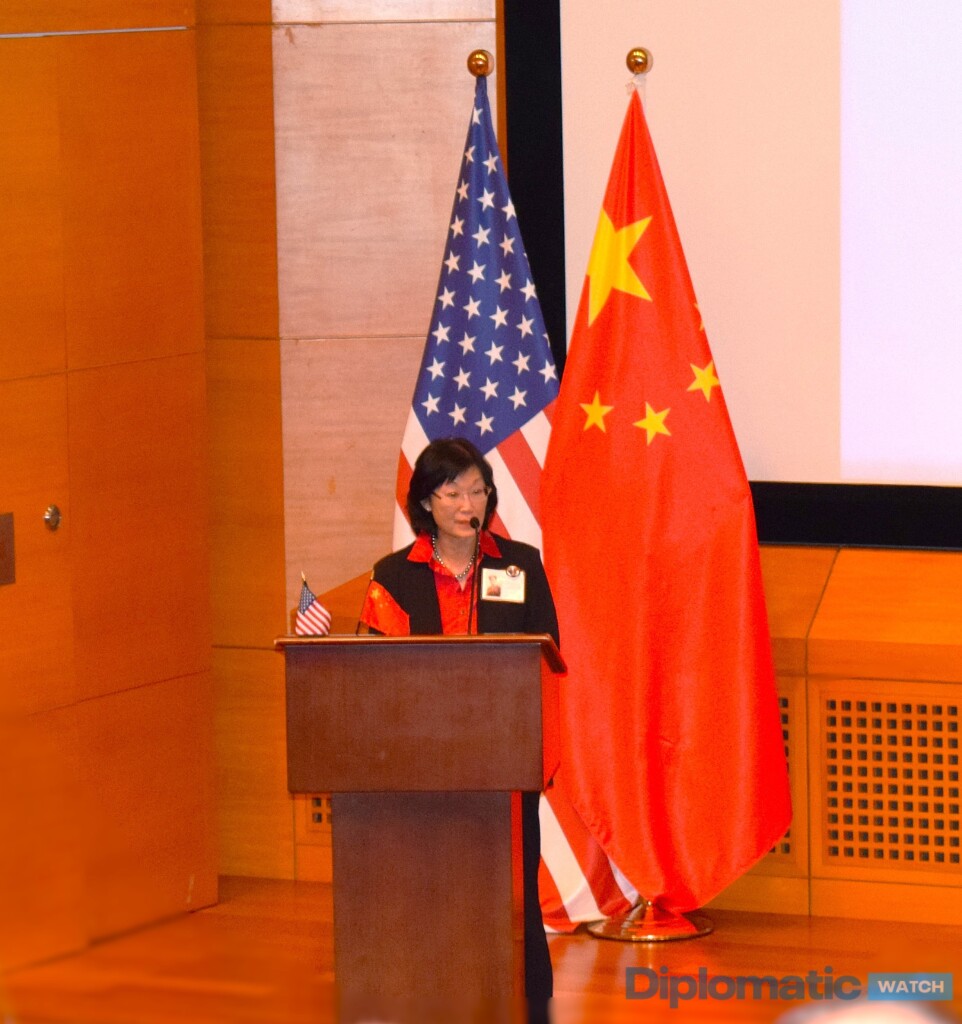
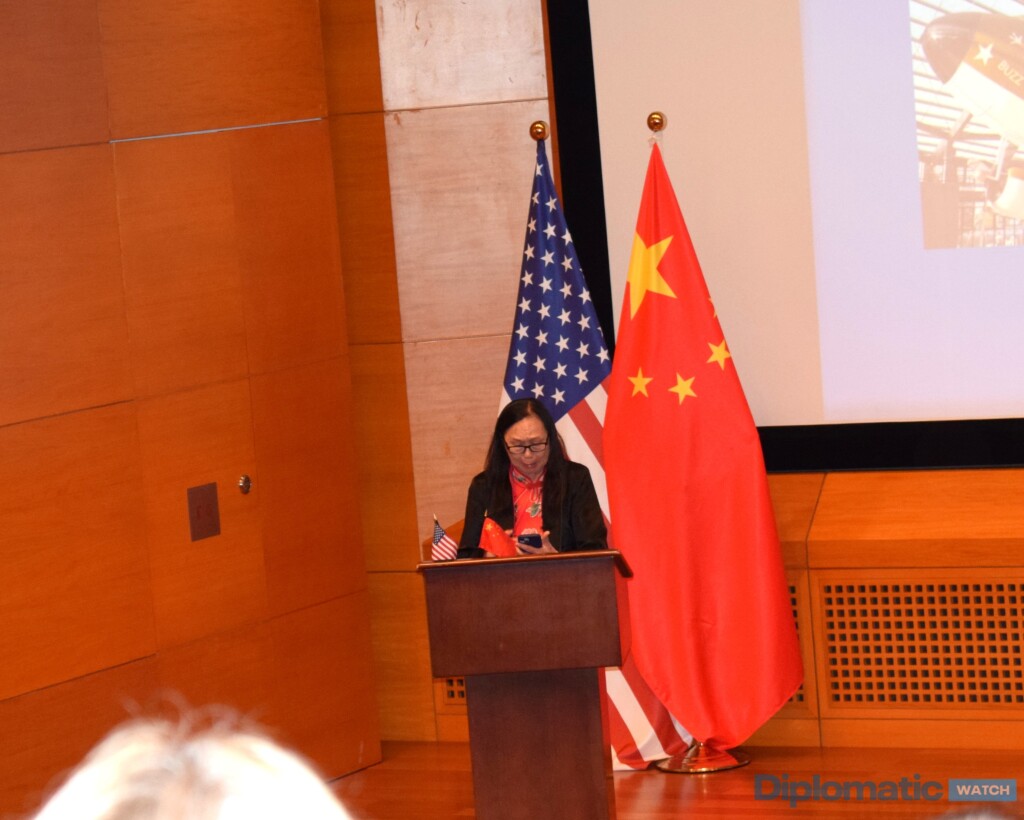
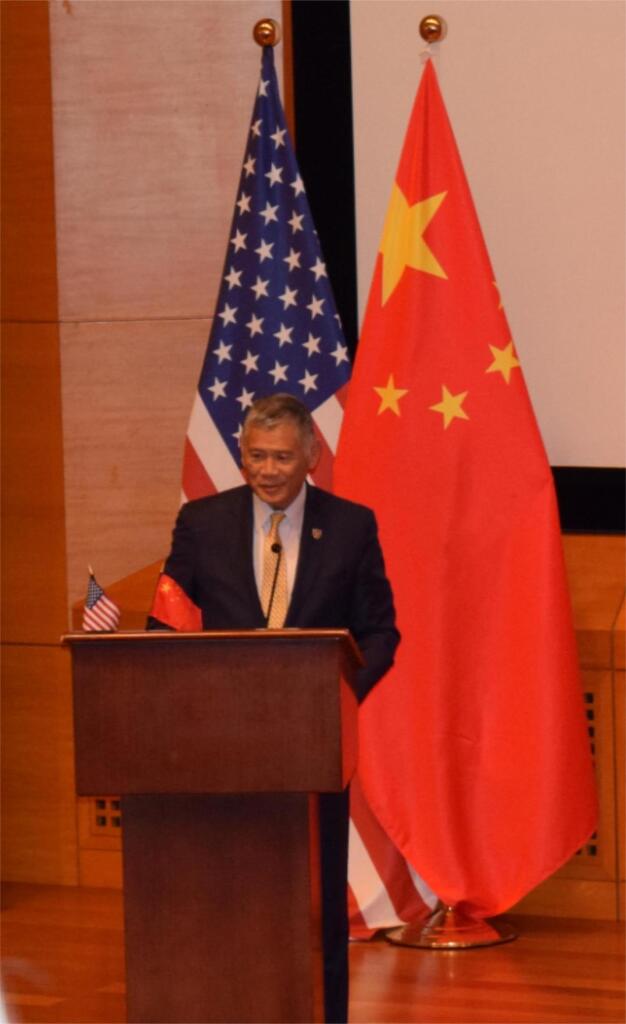
Throughout the evening, guests reflected on the Flying Tigers’ enduring legacy and its lessons for the present. President Xi Jinping’s recent letter to Flying Tigers veterans echoed that sentiment, calling for “a new generation of Flying Tigers” to uphold the spirit of cross-cultural alliance.

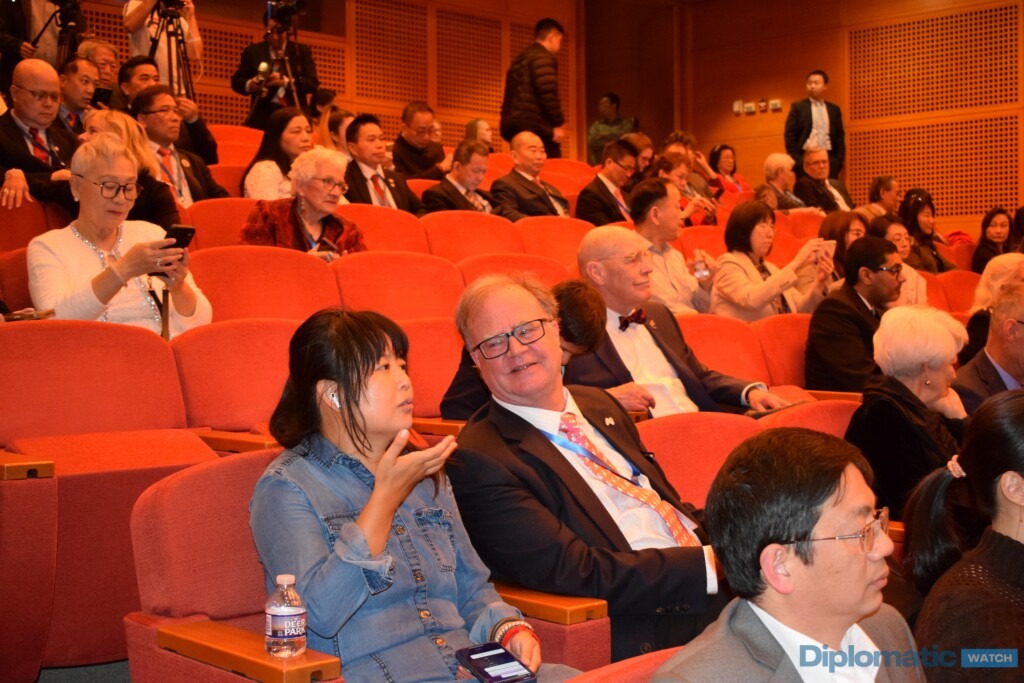
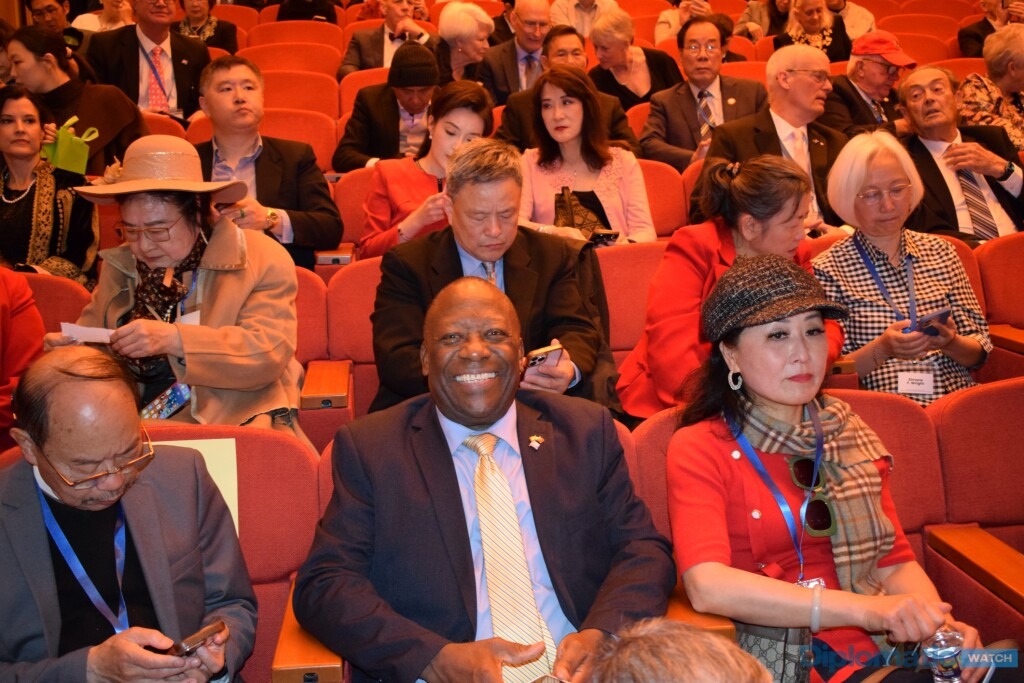
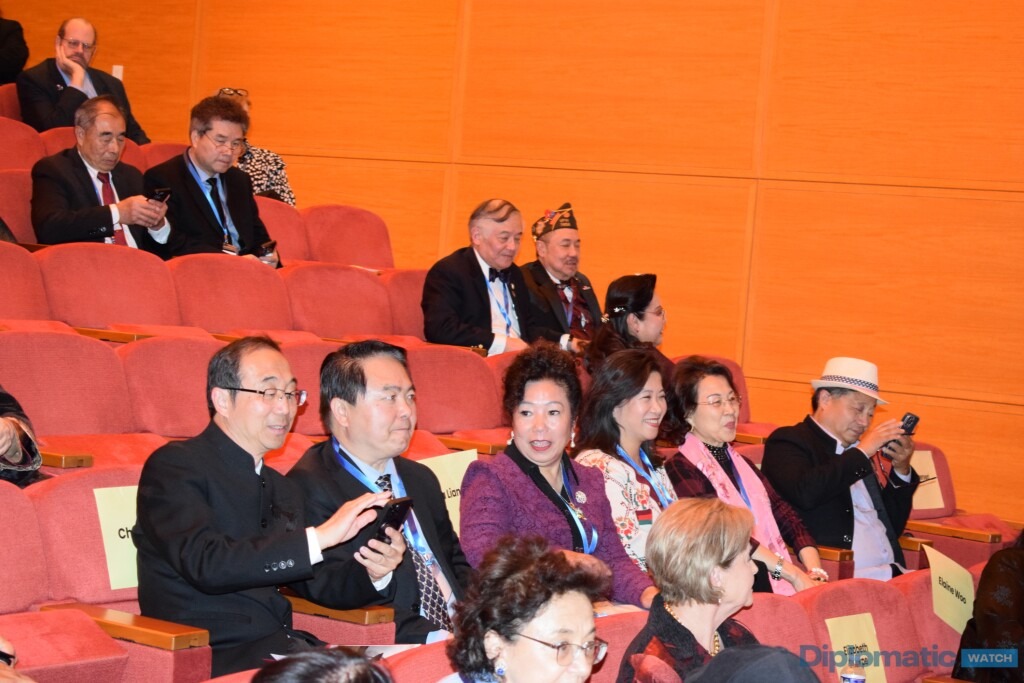
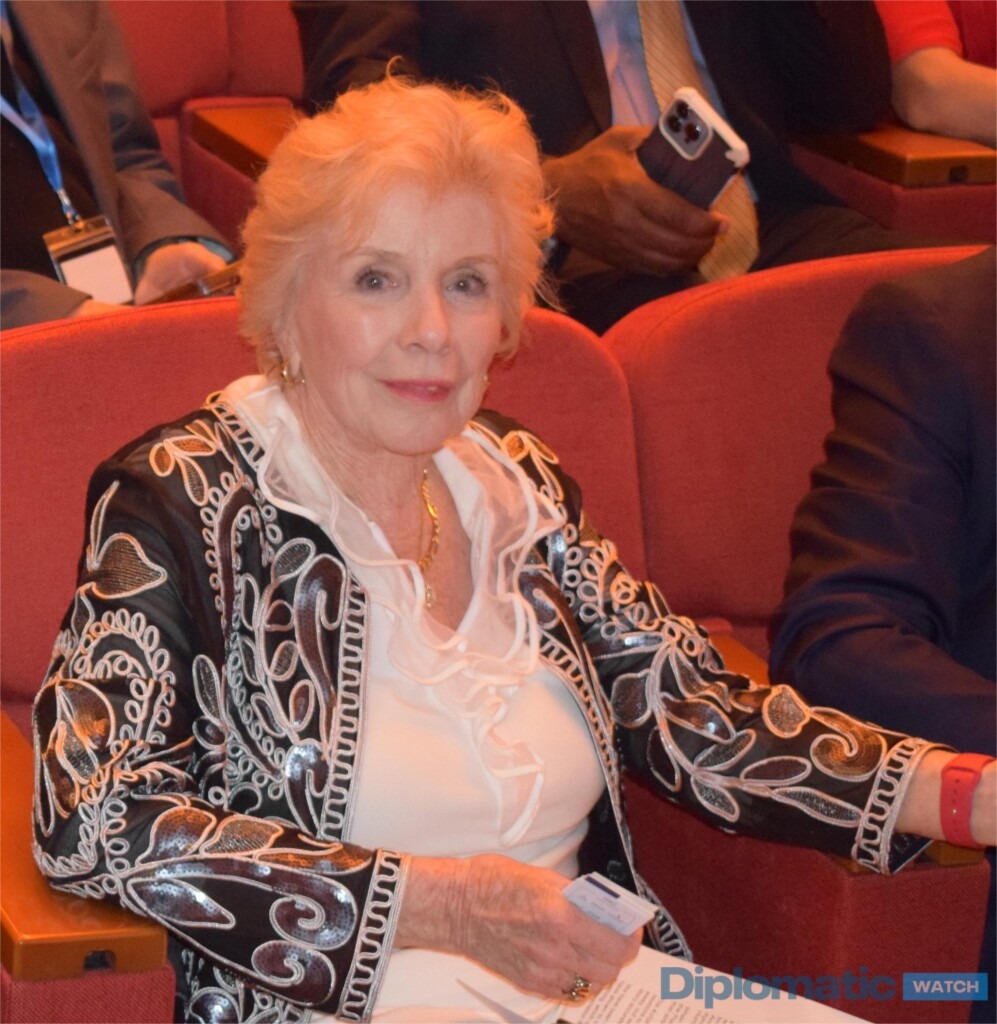
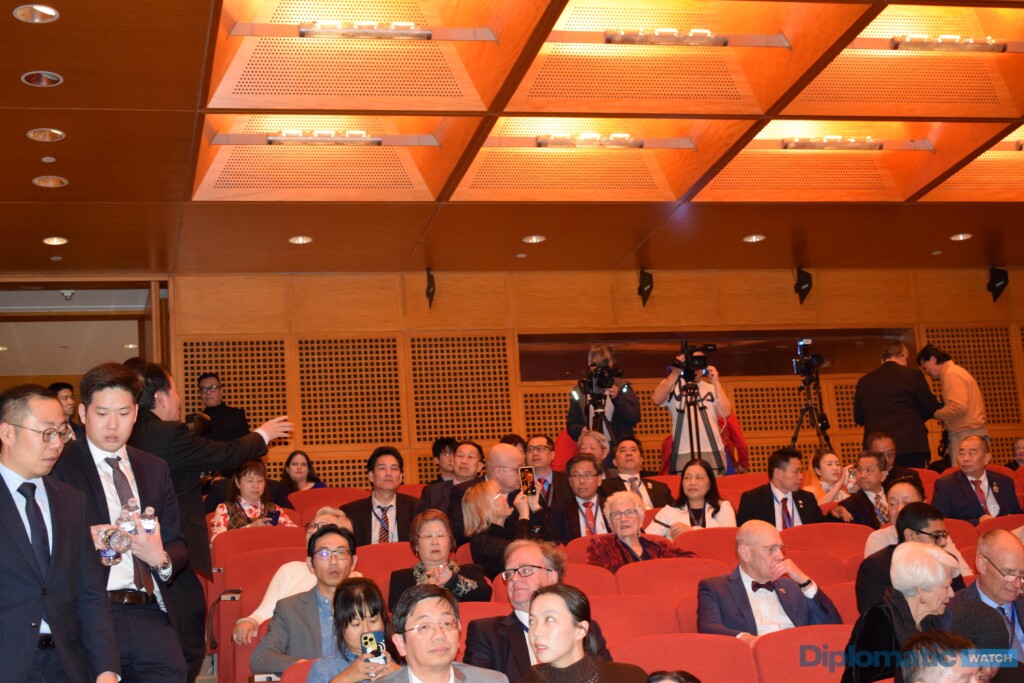
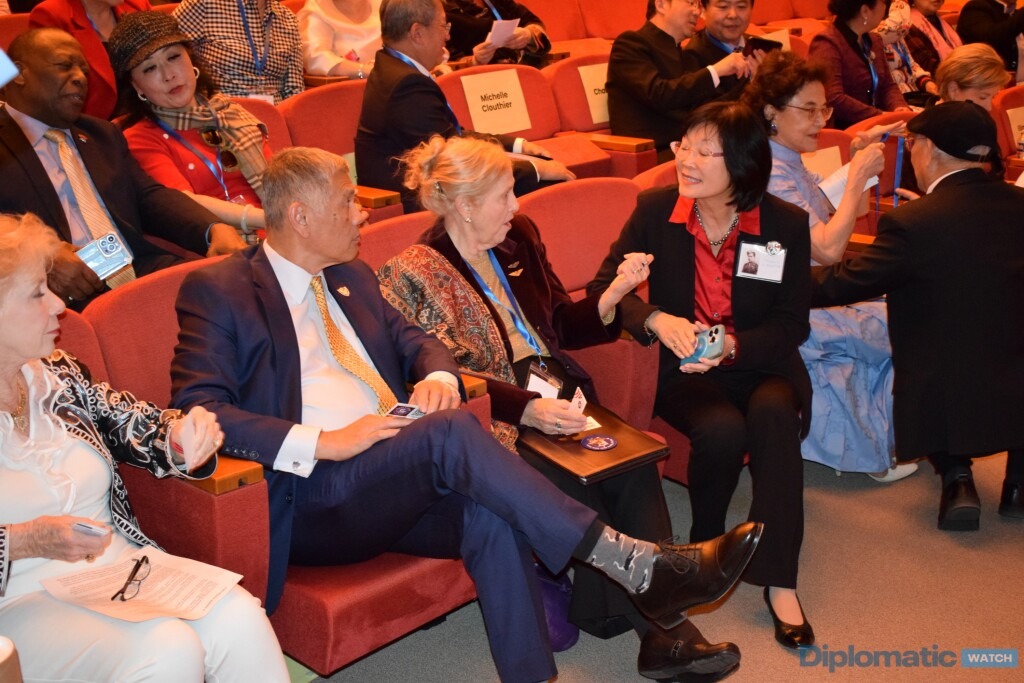
“In the past, our two peoples fought fascism together and forged a deep friendship tested by blood and fire,” Xi wrote. “In the future, we shoulder even greater responsibility for global peace, stability, and development. We must respect each other, coexist in peace, and pursue win-win cooperation.”
The reception not only honored shared sacrifice but also offered a moment to reflect on how history can guide a more collaborative future for China and the United States.









